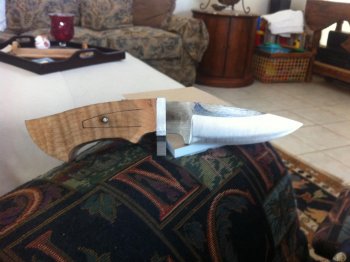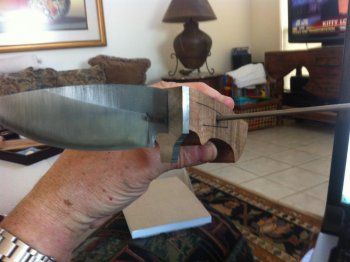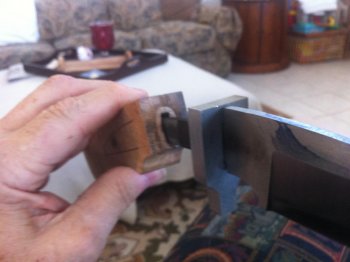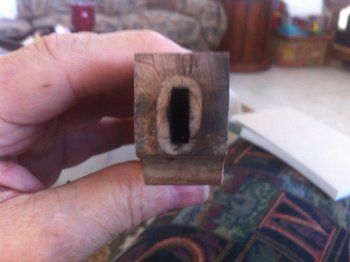Justin Presson
Well-Known Member
I must stink at searching because I can't find much on this plus I'm doing it on my phone so that don't help.
I'm working on first hidden tang knife and trying to get it wrapped up for Christmas and feeling the pressure.
My question is what bit do you guys use to drill out the handle for the tang. Do you use a bit the same size as the tang thickness or smaller...larger?
Where do you get a bit long enough? I'm going to go to a tool supply store today all my bits will be to short. I need to make me a broach to so any ideas I will take.
OK there is my list of questions for the day
Thanks for any and all help.
Here is a pic of the knife I'm making

I'm working on first hidden tang knife and trying to get it wrapped up for Christmas and feeling the pressure.
My question is what bit do you guys use to drill out the handle for the tang. Do you use a bit the same size as the tang thickness or smaller...larger?
Where do you get a bit long enough? I'm going to go to a tool supply store today all my bits will be to short. I need to make me a broach to so any ideas I will take.
OK there is my list of questions for the day

Thanks for any and all help.
Here is a pic of the knife I'm making













